1000 CFM or 1400 CFM -- Kaseki you still out there???
eliasgrace
6 years ago
Featured Answer
Sort by:Oldest
Comments (24)
cookncarpenter
6 years agolast modified: 6 years agoeliasgrace
6 years agoRelated Professionals
La Verne Kitchen & Bathroom Designers · Saint Peters Kitchen & Bathroom Designers · St. Louis Kitchen & Bathroom Designers · Chester Kitchen & Bathroom Remodelers · Graham Cabinets & Cabinetry · Saugus Cabinets & Cabinetry · Wells Branch Cabinets & Cabinetry · Beachwood Kitchen & Bathroom Remodelers · Winchester Kitchen & Bathroom Remodelers · Sharonville Kitchen & Bathroom Remodelers · Glendale Heights Cabinets & Cabinetry · Watauga Cabinets & Cabinetry · Liberty Township Cabinets & Cabinetry · Brookline Tile and Stone Contractors · Elmwood Park Tile and Stone Contractorselsaduty
6 years agokaseki
6 years agocookncarpenter
6 years agoM
6 years agolast modified: 6 years agoifoco
6 years agocookncarpenter
6 years agolast modified: 6 years agorobertgoulet
5 years agoM
5 years agorobertgoulet
5 years agolast modified: 5 years agorobertgoulet
5 years agorobertgoulet
5 years agoM
5 years agokaseki
5 years agolast modified: 5 years agorobertgoulet
5 years agolast modified: 5 years agokaseki
5 years agokaseki
5 years agokaseki
5 years agokaseki
5 years agokaseki
5 years agokaseki
5 years agokaseki
5 years ago
Related Stories
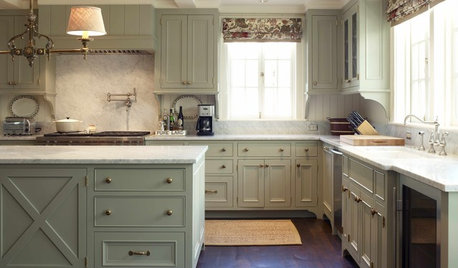
KITCHEN DESIGN9 Ways to Save on Your Kitchen Remodel
A designer shares key areas where you can economize — and still get the kitchen of your dreams
Full Story
TASTEMAKERSPro Chefs Dish on Kitchens: Michael Symon Shares His Tastes
What does an Iron Chef go for in kitchen layout, appliances and lighting? Find out here
Full Story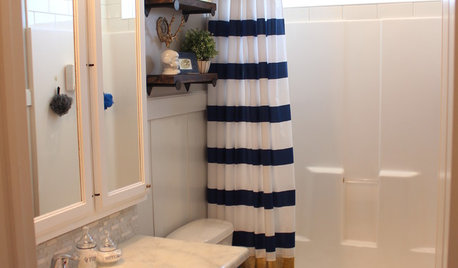
MOST POPULARShe’s Baaack! See a Savvy DIYer’s Dramatic $400 Bathroom Makeover
You’ve already seen her dramatic laundry room makeover. Now check out super budget remodeler Ronda Batchelor’s stunning bathroom update
Full Story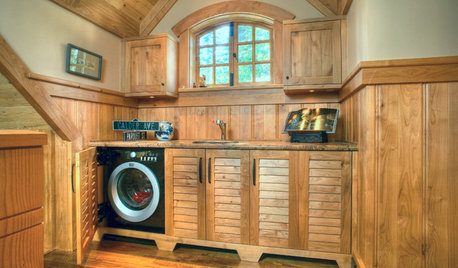
LAUNDRY ROOMSClever Ways to Hide a Laundry Station
When you don’t have a whole room to devote to the wash, use these solutions to tuck the machines out of view
Full Story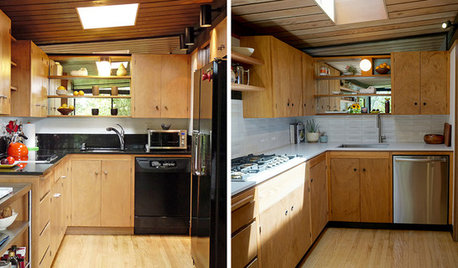
BEFORE AND AFTERSReader Kitchen: More Space in San Francisco for $36,000
Adding cabinets and swapping out appliances help improve the function of this California kitchen
Full Story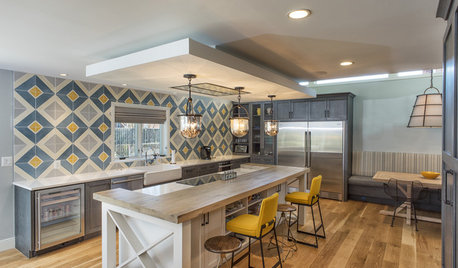
KITCHEN DESIGNKitchen of the Week: Tile Sets the Tone in a Modern Farmhouse Kitchen
A boldly graphic wall and soft blue cabinets create a colorful focal point in this spacious new Washington, D.C.-area kitchen
Full Story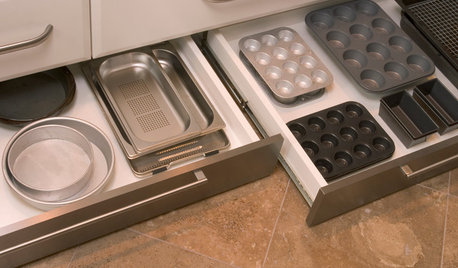
GREAT HOME PROJECTSHow to Add Toe Kick Drawers for More Storage
Great project: Install low-lying drawers in your kitchen or bath to hold step stools, pet bowls, linens and more
Full Story
KITCHEN DESIGNHow to Choose the Right Hood Fan for Your Kitchen
Keep your kitchen clean and your home's air fresh by understanding all the options for ventilating via a hood fan
Full Story
MATERIALSInsulation Basics: What to Know About Spray Foam
Learn what exactly spray foam is, the pros and cons of using it and why you shouldn’t mess around with installation
Full Story
GREEN BUILDINGGoing Solar at Home: Solar Panel Basics
Save money on electricity and reduce your carbon footprint by installing photovoltaic panels. This guide will help you get started
Full StoryMore Discussions






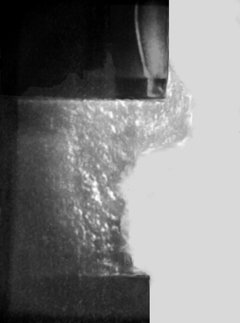
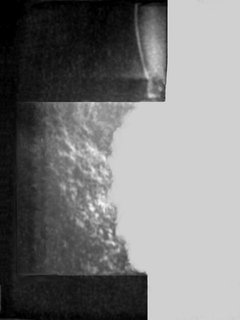


kaseki